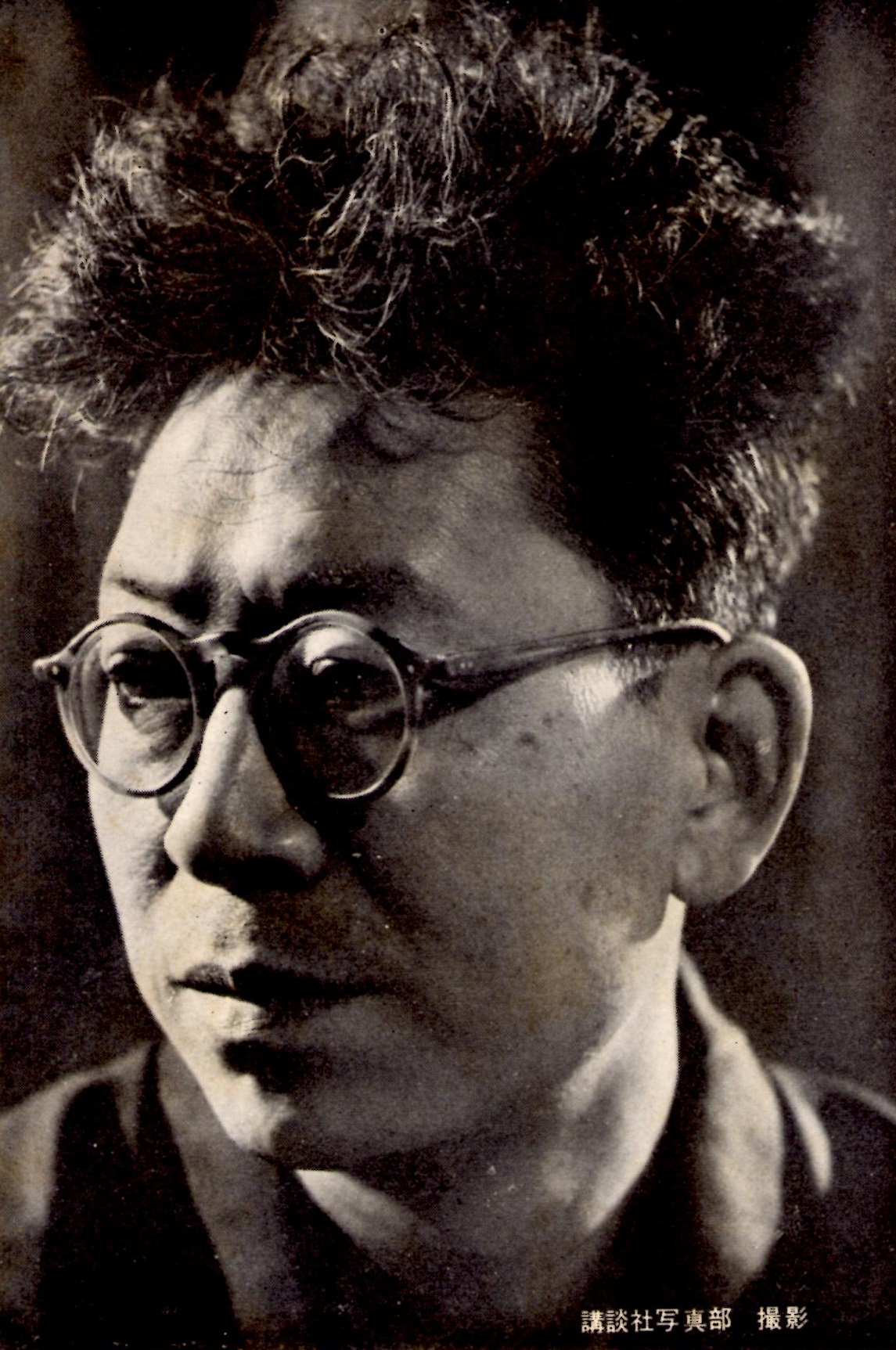Shigeharu Nakano on:
[Wikipedia]
[Google]
[Amazon]
 was a Japanese writer and
was a Japanese writer and
 was a Japanese writer and
was a Japanese writer and Japanese Communist Party
The is a communist party in Japan. Founded in 1922, it is the oldest political party in the country. It has 250,000 members as of January 2024, making it one of the largest non-governing communist parties in the world. The party is chaired ...
(JCP) politician.
Nakano was born in Maruoka, now part of Sakai, Fukui
Maruoka Castle
is a city located in Fukui Prefecture, Japan. , the city had an estimated population of 92,210 in 31,509 households and a population density of 550 persons per km2. The total area of the city was .
Geography
Sakai is located in ...
. In 1914, he enrolled in middle school in Fukui, Fukui
is the Cities of Japan, capital city of Fukui Prefecture, Japan. , the city had an estimated population of 255,332 in 107,553 households. Its total area is and its population density is about 476 persons per km2. Most of the population lives in ...
, and attended high school in Hiratsuka, Kanagawa
260px, Hiratsuka City Hall
is a city in Kanagawa Prefecture, Japan. , the city had an estimated population of 257,316 and a population density of 3800 persons per km². The total area of the city is .
Geography
Hiratsuka is located in the Sh� ...
and Kanazawa, Ishikawa
is the capital of Ishikawa Prefecture in central Japan. , the city had an estimated population of 466,029 in 203,271 households, and a population density of 990 persons per km2. The total area of the city was .
Etymology
The name "Kanazawa" ...
. In 1924, he entered the German literature
German literature () comprises those literature, literary texts written in the German language. This includes literature written in Germany, Austria, the German parts of Switzerland and Belgium, Liechtenstein, Luxembourg, South Tyrol in Italy ...
department of the University of Tokyo
The University of Tokyo (, abbreviated as in Japanese and UTokyo in English) is a public research university in Bunkyō, Tokyo, Japan. Founded in 1877 as the nation's first modern university by the merger of several pre-westernisation era ins ...
. In 1931, he joined the Japanese Communist Party
The is a communist party in Japan. Founded in 1922, it is the oldest political party in the country. It has 250,000 members as of January 2024, making it one of the largest non-governing communist parties in the world. The party is chaired ...
, for which he was arrested in 1934. Immediately after World War II
World War II or the Second World War (1 September 1939 – 2 September 1945) was a World war, global conflict between two coalitions: the Allies of World War II, Allies and the Axis powers. World War II by country, Nearly all of the wo ...
, he rejoined the party and played a leading role in founding the JCP-affiliated literary society New Japanese Literature Association
The was a professional association for Japanese writers, poets, and literary critics that existed from 1945 to 2005. For many years, the association was under the influence of the Japan Communist Party, before breaking away in the 1960s. In the ...
(''Shin Nihon Bungakkai''). In 1947, Nakano began a three-year term as elected representative to the government. In 1958, he was elected to the party's Central Committee, but in 1964 was expelled due to political conflicts. Nakano was one of the most prominent figures in the proletarian literary movement that dominated the Japanese literary field from mid 1920's to early 1930's.
His autobiographical novels include ''Nami no aima'' (Between the Waves, 1930), ''Muragimo'' (In the Depths of the Heart, 1954), and ''Kō otsu hei tei'' (ABCD, 1965-1969). Nakano received the 1959 Yomiuri Prize
The is a literary award in Japan. The prize was founded in 1949 by the Yomiuri Shimbun Company to help form a "strong cultural nation". The winner is awarded two million Japanese yen and an inkstone.
Award categories
For the first two years, ...
for ''Nashi no hana''. Following his arrest, he published a novella titled ''Shōsetsuka no kakenu shōsetsuka'' (The Novelist Who Can't Write a Novel, 1977) in which he offers glimpses of the authoritarian concerns surrounding deletion marks in writing. Three more of his other works, translated by Brett de Bary, include ''Mura no ie'' (The House in the Village, 1979), ''Goshaku no sake'' (Five Cups of Sake), and ''Hagi no monkakiya'' (The Crest-painter of Hagi).
References
* Miriam Silverberg, ''Changing Song: The Marxist Manifestos of Nakano Shigeharu'', Princeton University Press, 1990. . * Donald Keene, ''Dawn to the West: Japanese literature of the modern era, fiction'', Volume 1, 2nd edition, Columbia University Press, 1998, pages 881-883. . * J. Thomas Rimer and Van C. Gessel, ''Modern Japanese literature'', Columbia University Press, 2005, page 604. . * Japanese Wikipedia article